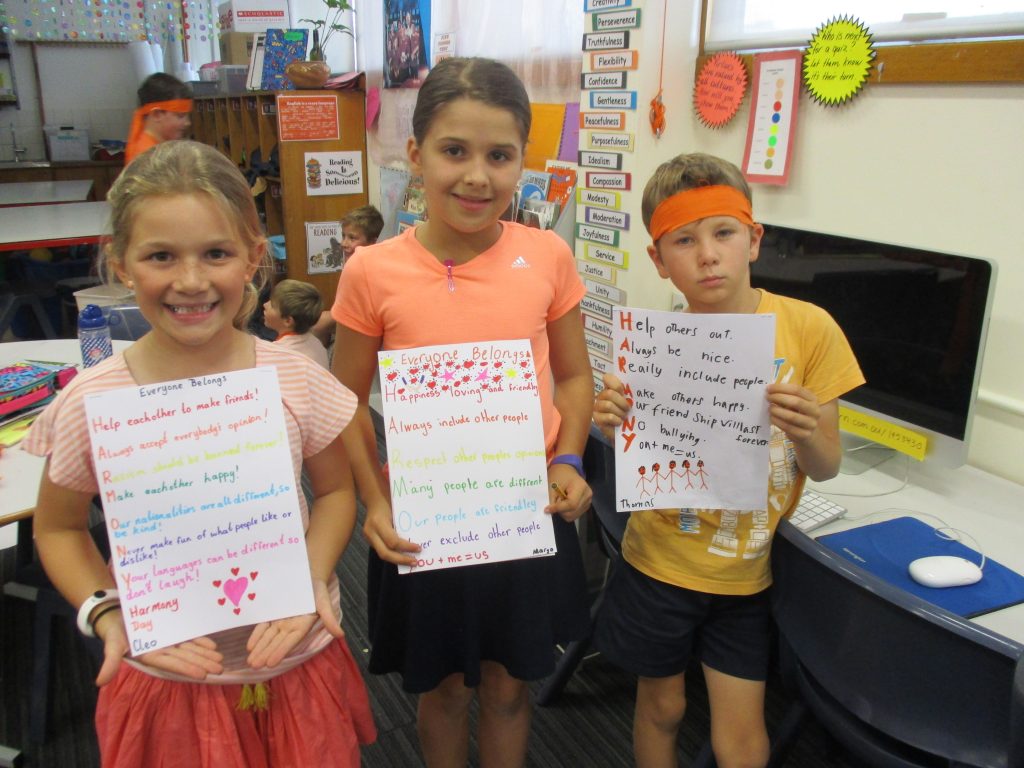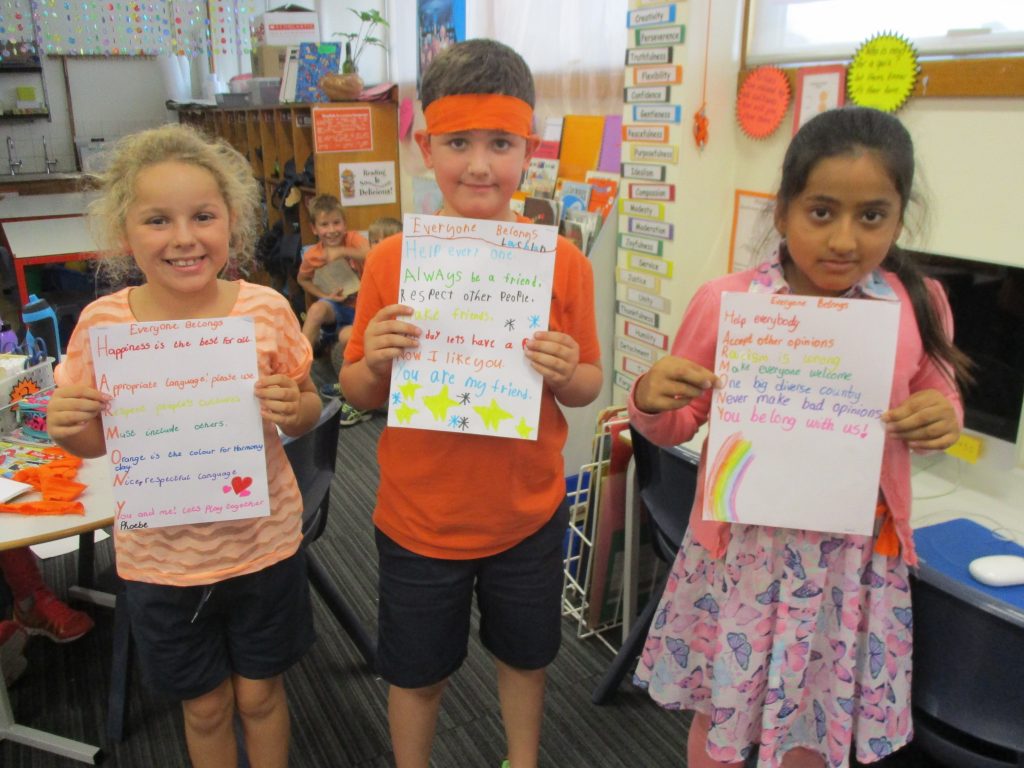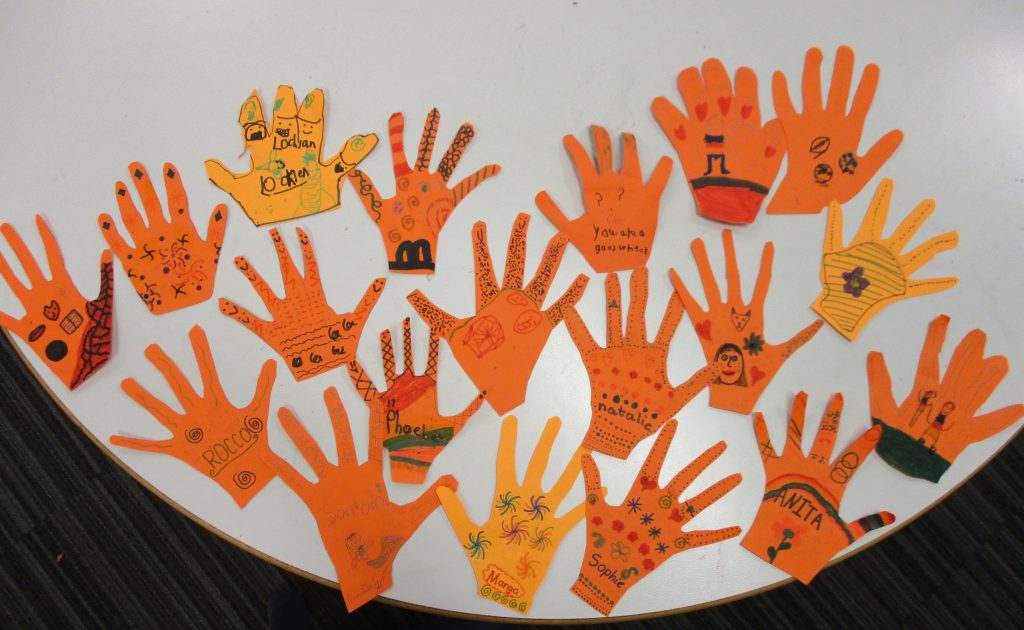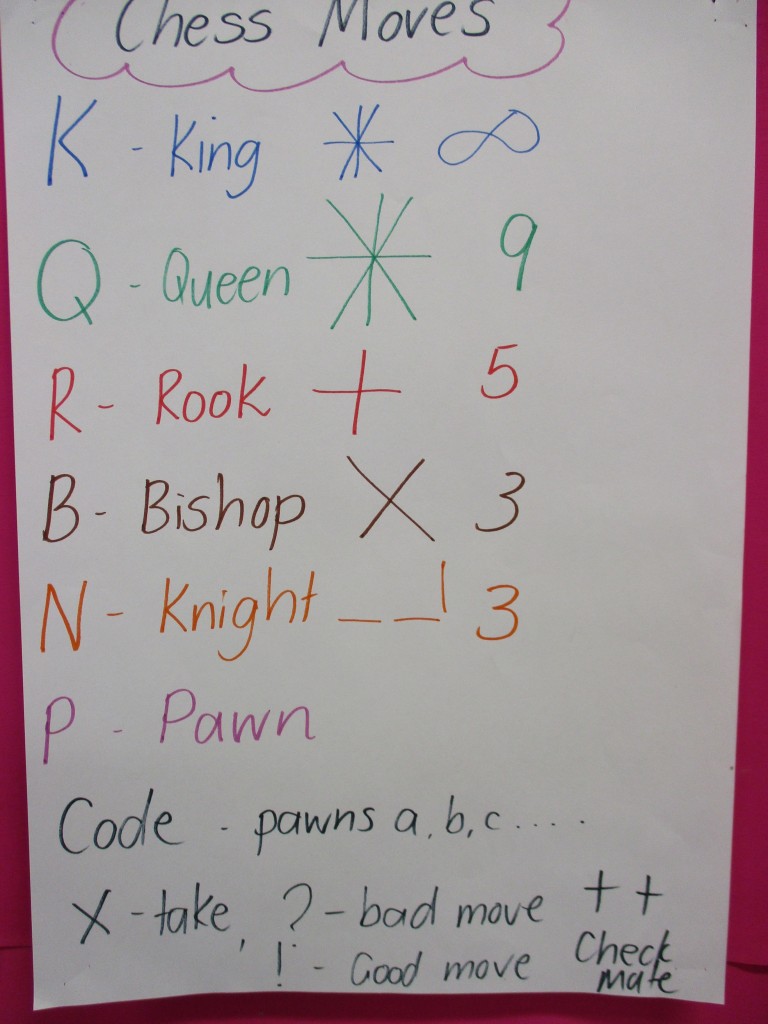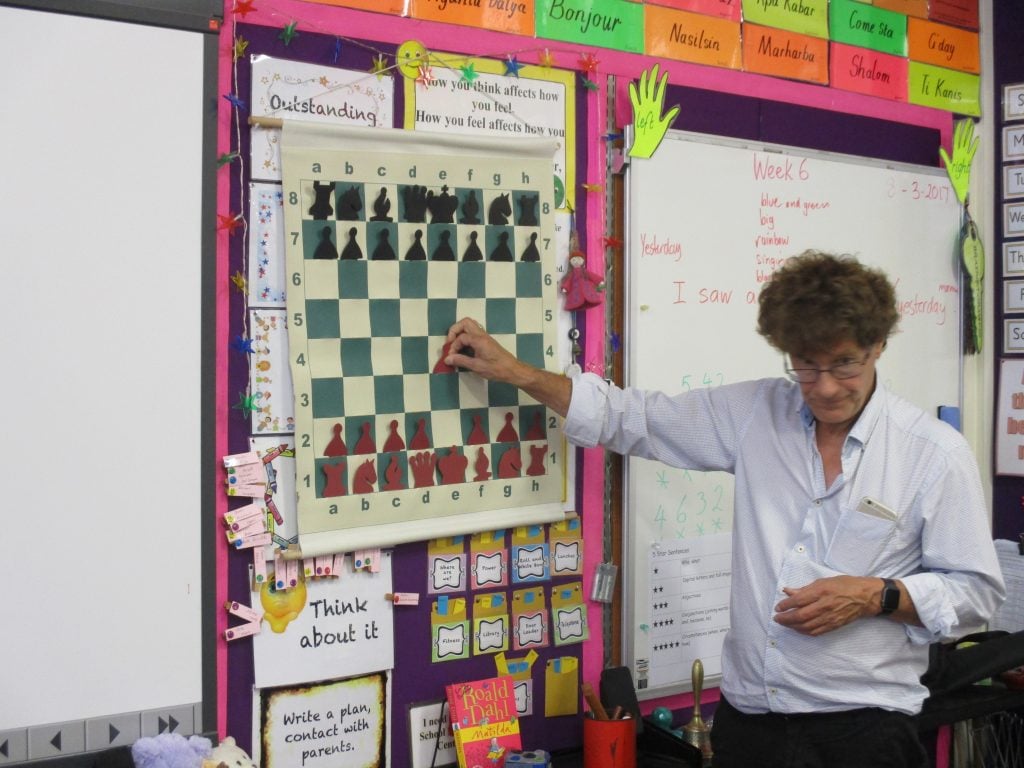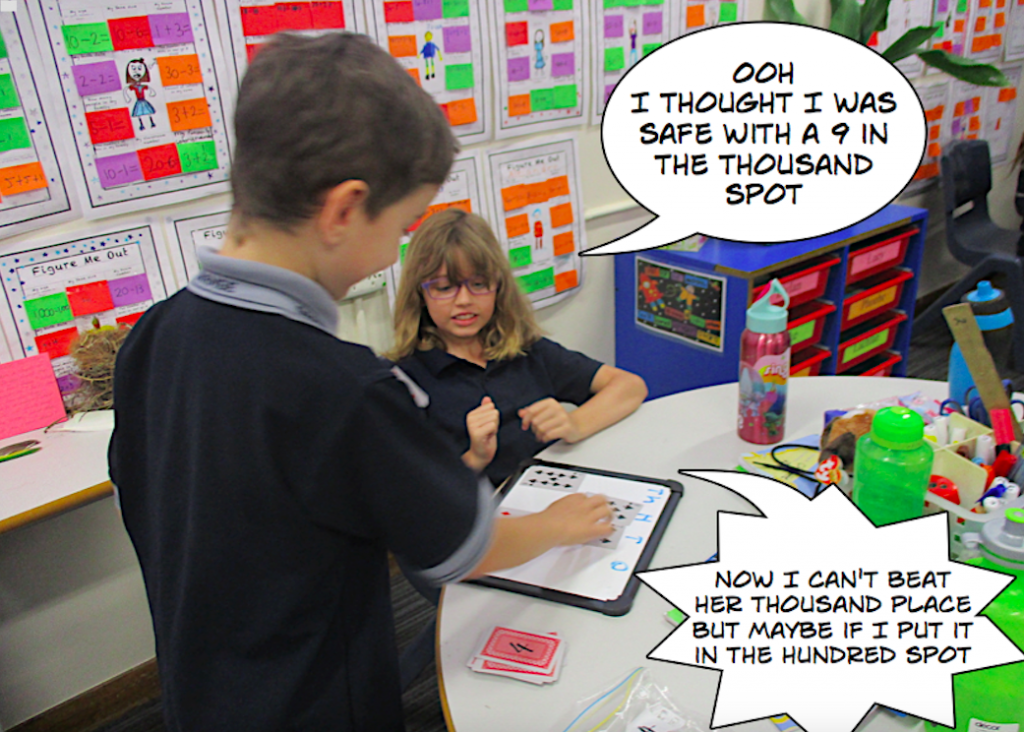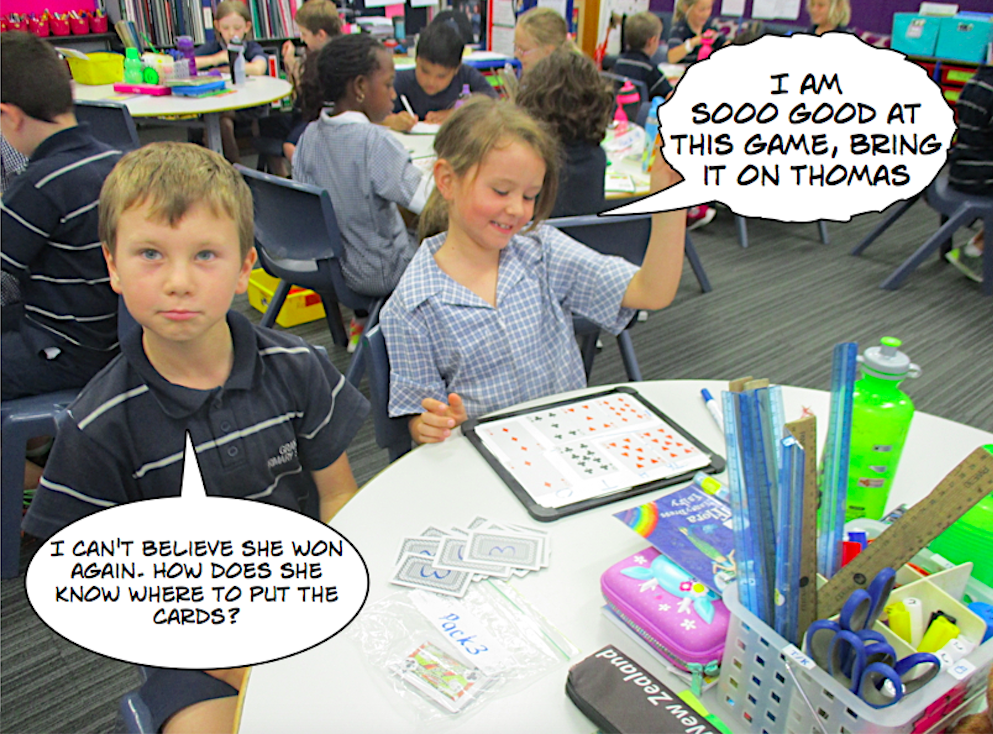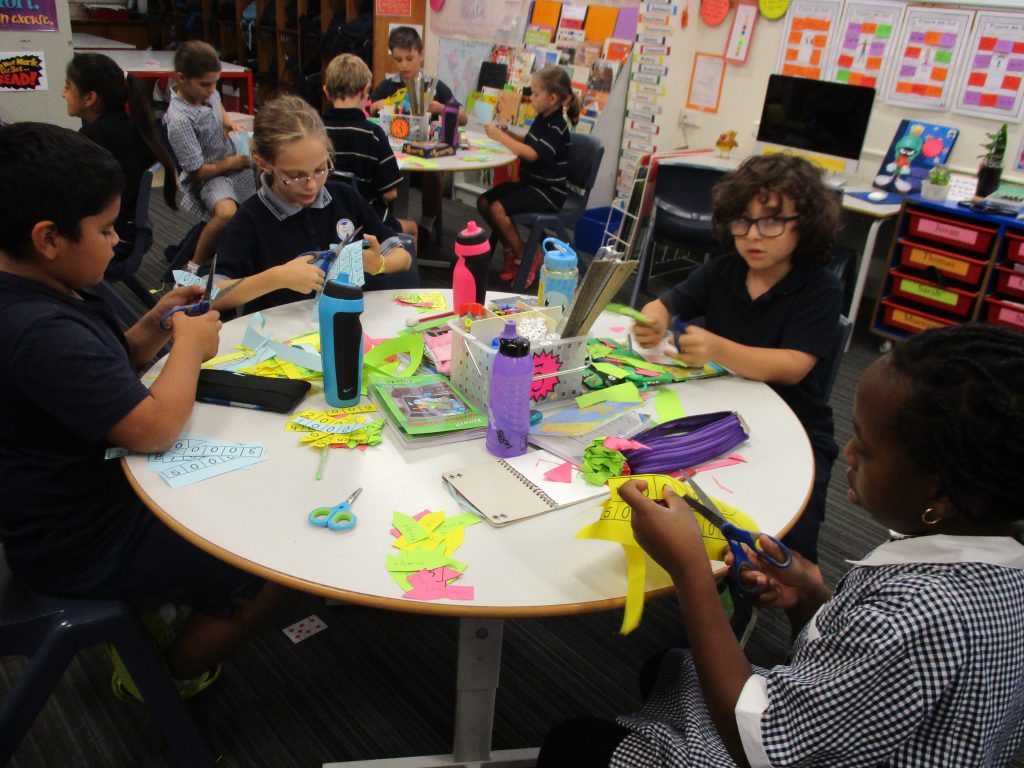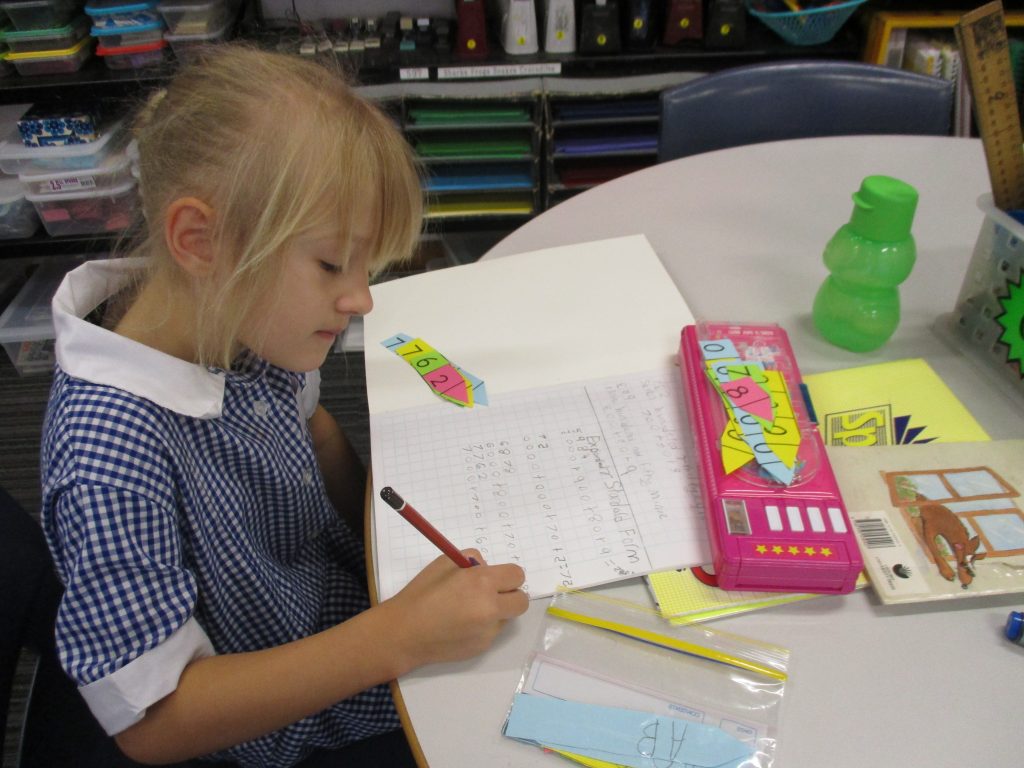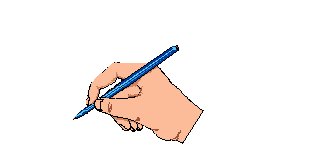
As scientists, our job is to record our observations. So before we began investigating our topic for this term, we brushed up on our scientific drawing skills. Ellen gave us an interesting specimen to look at closely and we had a go at drawing the object with as much detail as we could. We added labels another helpful notes.
This slideshow requires JavaScript.
Our Topic for investigation this term has been
Feather, Fur or Leaves.
We began by checking out a scientists journal entry. Were things living or not? Was it an insect? Was it an animal or plant? How could we tell? Did we agree with the observations and recordings? Why? Why not? Questions, questions…?scientists should always questions. That also makes them think of answers, so we should be able to give an explanation of why we think what we do too.
-

-
Is it alive?
-

-
Is this a plant?
-

-
Is it an insect?
We shared and recorded our ideas of these journal entries in different groups according to our understanding.
We thought our explanations were quite thoughtful, given the limited information.
We got excited by the different specimens that we compared, so we set up our own nature table.
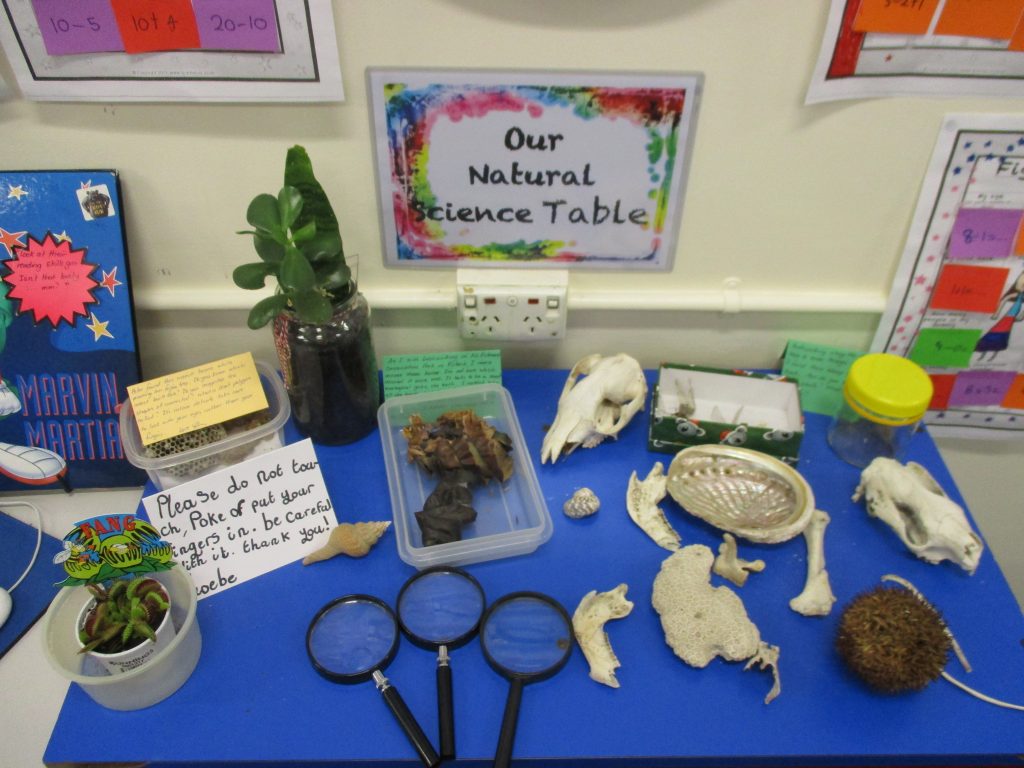
Phoebe’s Grandmother bought her a Venus fly trap to observe, Phoebe kindly added it to our collection.
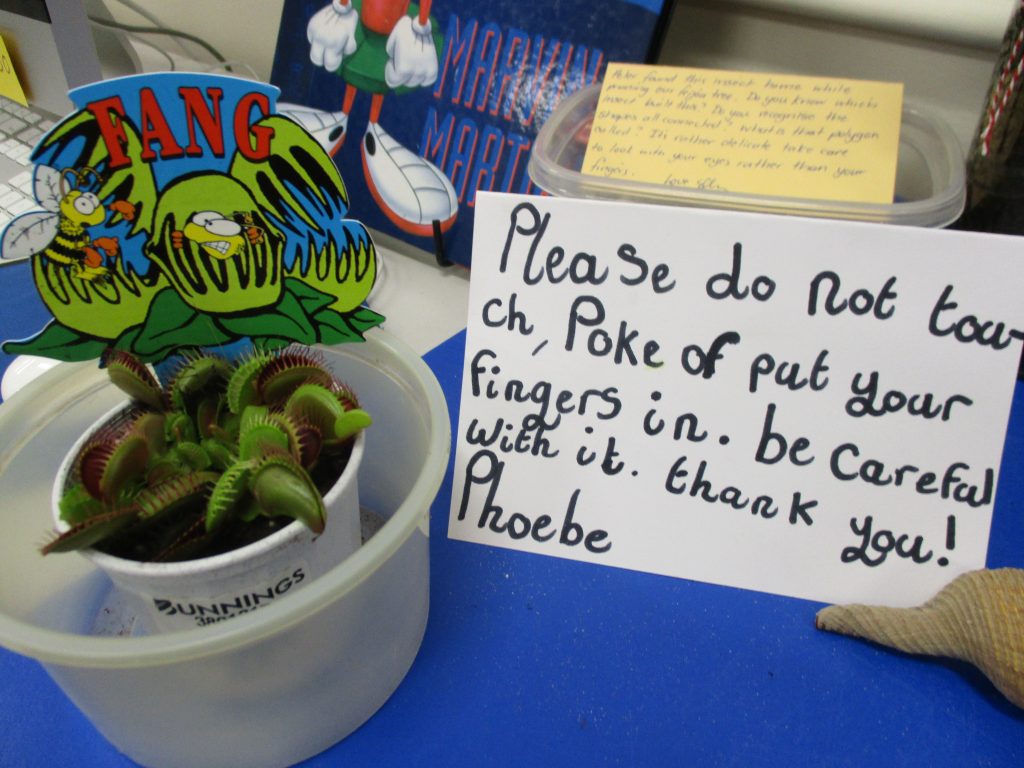
Taxonomy anyone?
So what do you call it when a scientist sorts out stuff? We sorted lots of living things into two groups plants and animals. There seemed to be a lot of animals, they couldn’t all belong to one group, could they?
We were given some animals cards and in groups we stared looking at similar features. We made a list of features we could use to separate animals into groups.
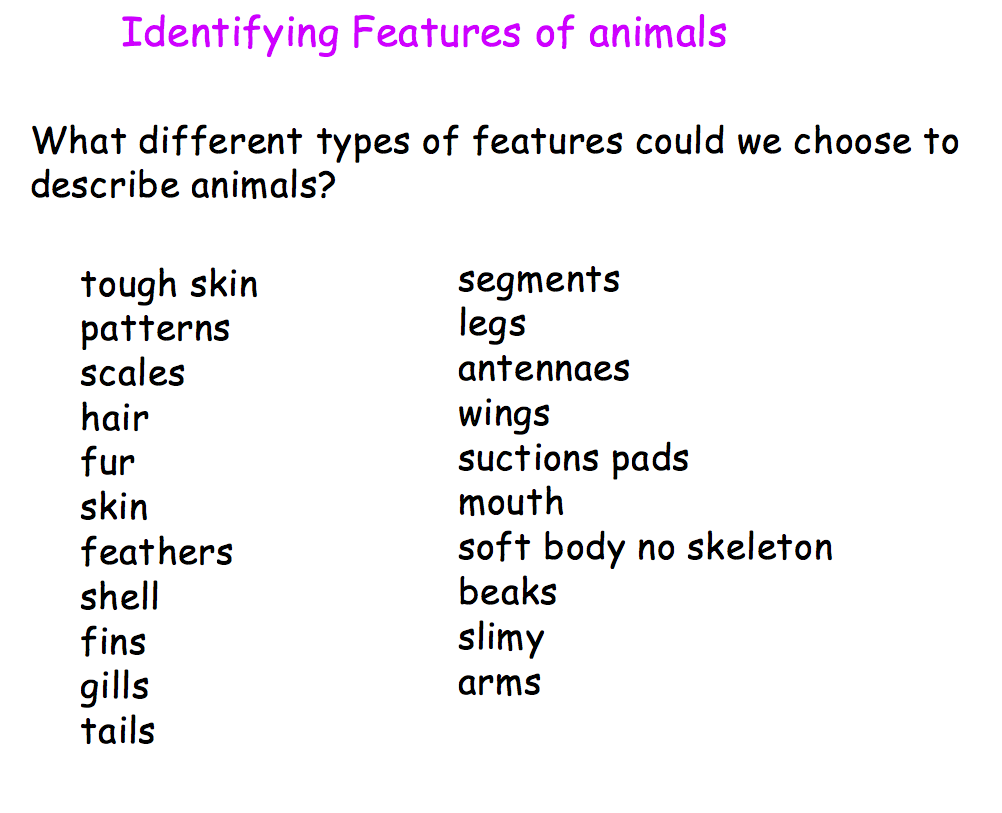
We shared our thinking with the class.
This slideshow requires JavaScript.
It is hard to be a complete expert and remember everything, so having tools to help makes our life easier. We were introduced to a branching key. That unlocked the door to any problems we had.
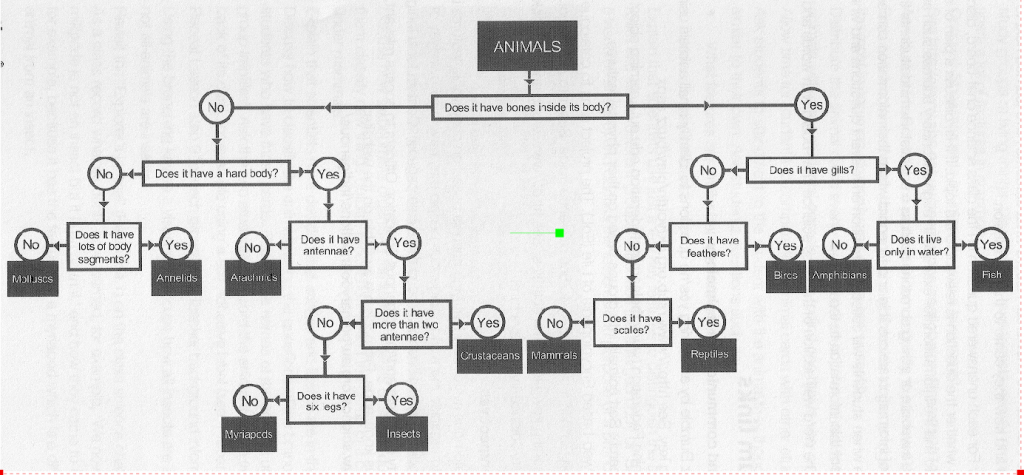
By answering yes no questions, we could slowly refine our search until we had the exact group. For example.. Start at the first question…
This animal, Does it have bones in its body. No Does it have a hard body. Yes Does it have antennae. Yes Does it have more than two antennae? No Does it have six legs? No -its a Myriapod

We had a go using more animal cards. It was quite challenging. How do you know the answers, sometimes we went down the wrong path?
This slideshow requires JavaScript.
Time to collect some real animals and put the table into action. We set up an investigation. Searching for animals groups in the leaf litter at Grange School. To get us on track, we predicted what we thought we might see. To be fully prepared, we read our procedure carefully, making sure we had everything we needed. For a successful investigation we all needed to know our jobs, so it was time to negotiate.
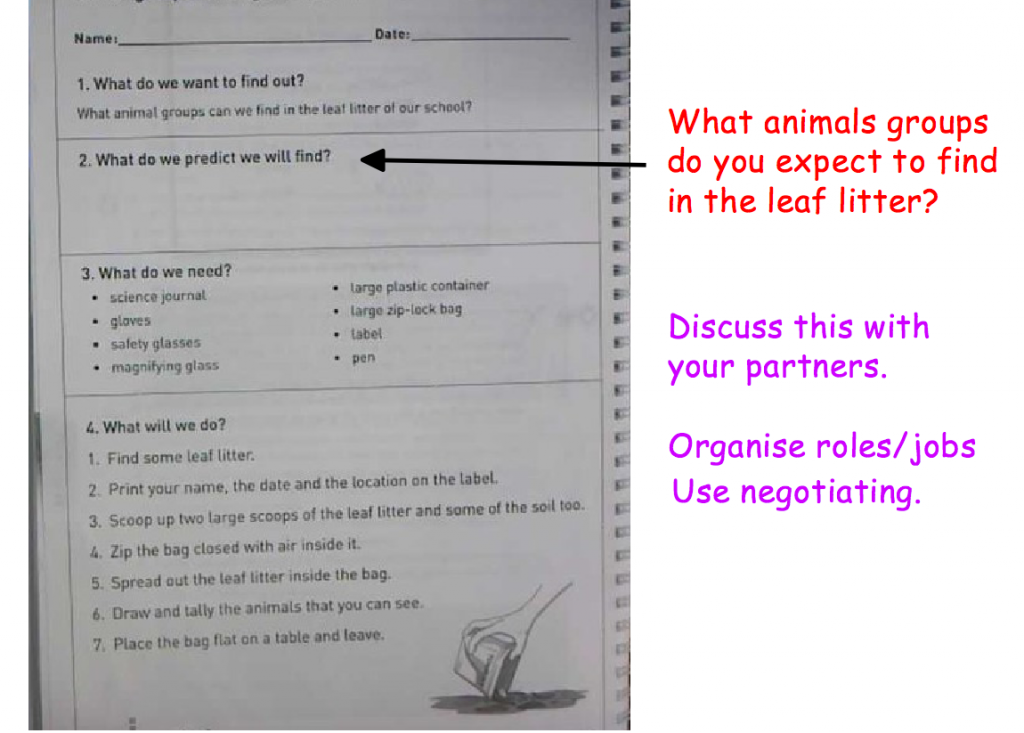
But wait, field work can be hazardous. So we armed ourselves with eye protection and wore gloves in case of any bites. We were ready to go out and collect a couple of scoops of leaf litter to see what animals we would find.
This slideshow requires JavaScript.
Back in the laboratory, or the classroom as we usually refer to it, we looked closely at our leaf litter and checked out what specimens we could identify. Then we needed to work out which animal group it belonged to.
This slideshow requires JavaScript.
We found a variety of things living under the leaf litter such as:- millipedes, ants, spiders, worms, bugs, moths, caterpillars. Each team recorded their own….eg.

Using the branching key we discovered that there were only four animal groups. We made a table to record this information and the total animals found in each group..
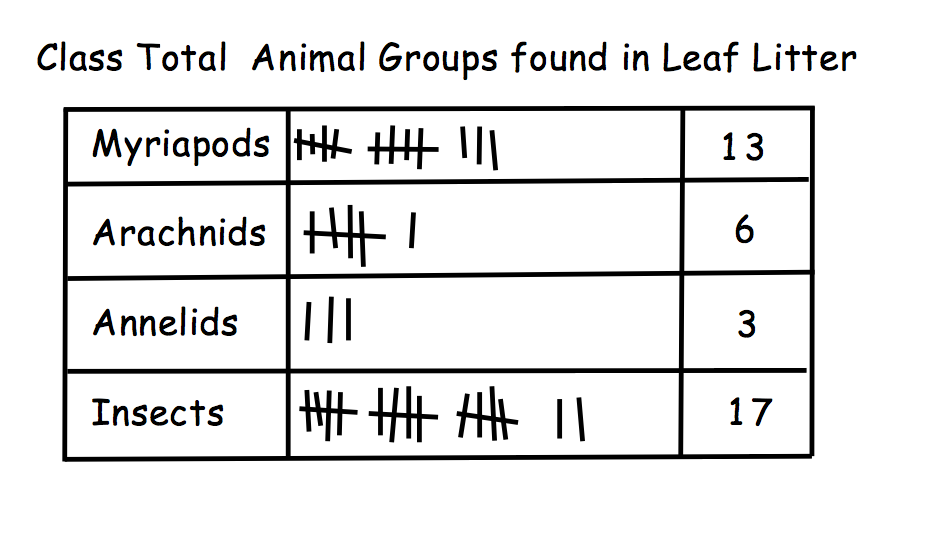
Making a Claim – stating a case
Tables are useful tools to help sort out information. From this we have evidence and can make a claim.
We claim that there are many different animal groups found in the leaf litter at Grange Primary School. We also claim that it is highly likely that you would find myriapods such as millipedes and slaters, as well as insects such as ants and beetles. We know this because in our total samples there were more myriapods and insects, compared to the small amounts of annelids and arachnids found.
We also thought that there were variables (things that might change our results) such as rain, time of day and time of year might effect which animal groups we would find.
What did you think of our unit?
Questions for you to answer and let me know how you felt about science this term.
What did you like most about this unit?
What didn’t you like?
What questions do you still have?
How could you solve some of the team issues you experienced in the research?
Which scientists do you believe would need to investigate in the field or use tools such as a branching key or table?
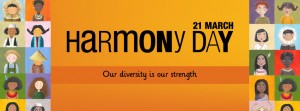 This year Ellen was at a maths conference and missed celebrating Harmony Day at Grange. But Thankfully Mrs Tunney our relief teacher captured some of the events that our class were involved in.
This year Ellen was at a maths conference and missed celebrating Harmony Day at Grange. But Thankfully Mrs Tunney our relief teacher captured some of the events that our class were involved in.


